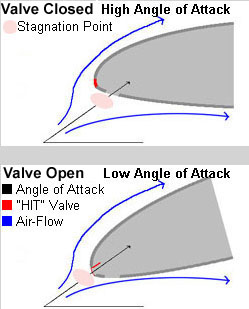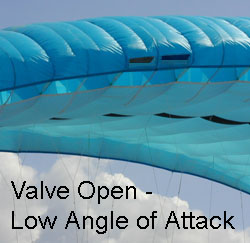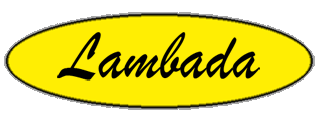|
Are you an ambitious cross-country pilot, who wants to have a glider that makes you feel at home from the first moment?
Are you a competitive pilot, who won’t compromise on safety and still wants the best performance around?
Are you an uncompromising pilot, when it comes to handling?
In short – aren’t you the best and deserve the best?
Then the LAMBADA is the perfect glider for you!
LAMBADA is our latest cross country high-performance glider, which has the finest handling ever made by APCO.
Intensive work on research and development made the LAMBADA a flawless combination of excellent safety and high-performance, a balance unmatched previously.
The performance of LAMBADA has been compared and proved superior to any glider in its Class, even surpassing the performance of some hottest ships from rival companies.
Tired of wasting your time, struggling to stay at the top?
Your flying time is a precious commodity. Enjoy it to its’ fullest with the most sensational of APCOs’ creations LAMBADA - Designed for Desire - Created to Last.
The right to change prices, specifications or equipment at any time without notice is reserved. |



|
Lambada is a breakthrough design in paragliding.
It features "HIT Valves", a new concept (introduced by Apco), improving stability and performance at high speed/low angle of attack.
"HIT Valves" (High-Speed Intake Valves - pat. pending)) increase the internal pressure of the wing both during accelerated flight and in extreme situations, dramatically improving safety and performance.
"How it Works": The Standard leading edge intakes on a paraglider are placed on the stagnation point of the profile at trim speed. This ensures maximum internal pressure of the canopy for this angle of attack.
Once you accelerate, the wing is flying at a lower angle of attack, and therefore the stagnation point moves higher on the nose of the profile. The "HIT Valve", placed above the leading edge openings, opens automatically when the stagnation point moves over the valves, pressurizing the wing. Only a few valves are necessary over the span of the leading edge to pressurize the entire wing at higher speeds.
The Valves are kept closed at trim speed by the internal pressure of the wing.
|
